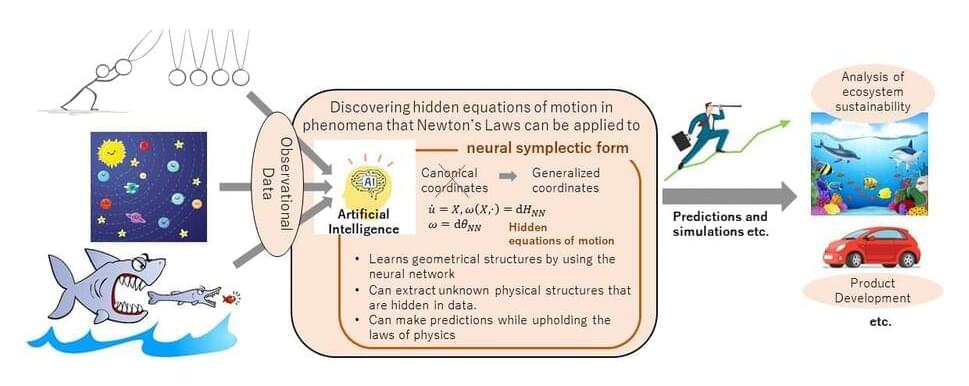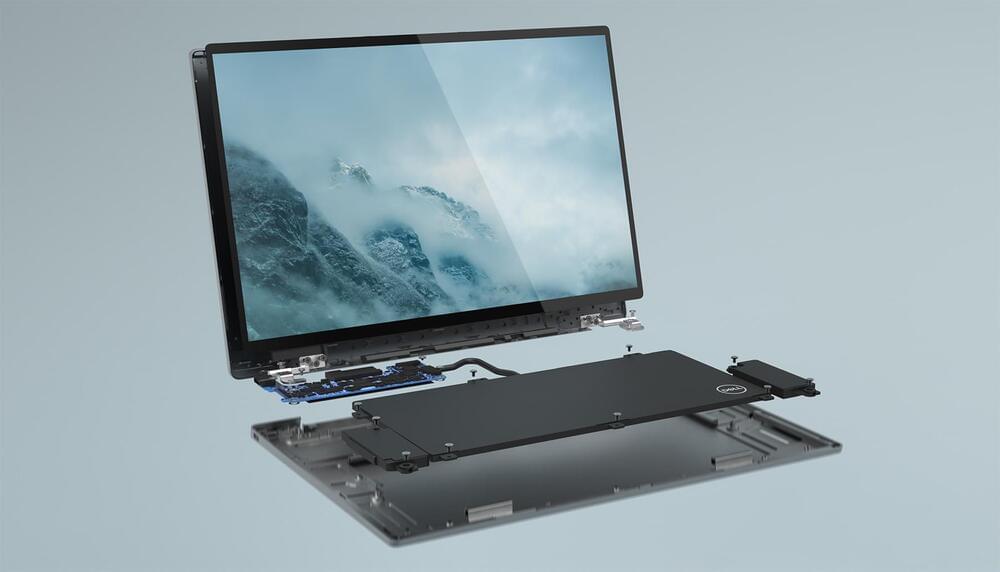A stem cell researcher who founded his startup with the psychedelic-loving German billionaire Christian Angermayer, Peyer believes that aging is a disease that humans can fight with pharmaceuticals. He plans to prove it first by identifying disorders and diseases that mimic aging, such as those that cause loss of muscle mass, and then partner with researchers studying medicines for said diseases.
A bold proposal: that by 2050, a 70-year-old will look and feel like they’re 50.
That’s the gamble that 35-year-old James Peyer is taking with this Cambrian Biopharma “longevity startup,” the Times of London reports.
“Of our 100,000-year-plus history as a species, it’s been for only about 75 years that these diseases of ageing have been the primary predators of humankind,” he told the newspaper. “We are rapidly zeroing in on our biggest predators — diseases of [aging] — and figuring out how to beat them back.”








